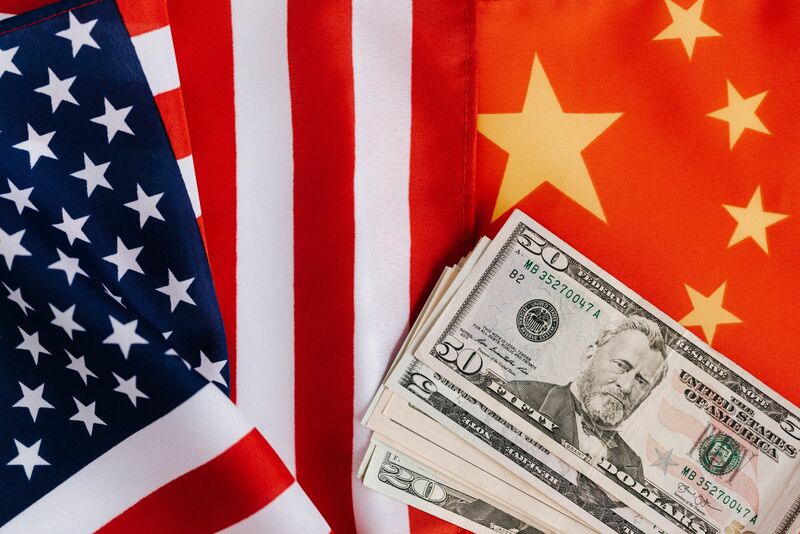
Rare earth resources refer to a group of 17 chemically similar elements known as the rare-earth elements (REEs). Rare earth elements are crucial in various high-tech applications and industries due to their unique properties. They are used in the manufacturing of electronics, magnets, renewable energy technologies, electric vehicles, catalysts, lasers, and various defense applications. For example, neodymium and praseodymium are critical components of permanent magnets used in wind turbines and electric motors.
Although the term "rare" suggests scarcity, rare earth elements are actually relatively abundant in the Earth's crust. However, they are typically found in low concentrations and are often mixed with other minerals, making their extraction and separation challenging and costly.
China is the dominant player in the global rare-earth market, accounting for a significant portion of the world's production and reserves. The country's rare-earth dominance can be attributed to its large reserves, relatively low production costs, and past consolidation of the industry. This has raised concerns among other countries about China's potential to manipulate the supply and pricing of rare earths for geopolitical or economic advantages.
A recent Nikkei report suggests China is considering an export ban on “high-performance rare-earth magnets” to the U.S. If this were to happen, it could seriously escalate the tension between the two superpowers because U.S. Javelin missiles and F-35 fighter jets are packed with rare earth magnets from Bayan Obo, China’s capital of rare earths.
China produces about 70% of rare earth magnets used globally in cruise missiles, bombers, and other cutting-edge military hardware.
Through the CHIPS Act, President Biden moved to limit the export of advanced semiconductor technology to China. Beijing has been wanting to hit the U.S. where it hurts. They could use rare earths supply as a bargaining chip.
In 2019, Beijing threatened to cut off exports to the U.S. in retaliation against President Trump’s measures, pushing rare-earth prices up and prompting Trump to sign an executive order to increase domestic production.
Other countries have been exploring alternative sources and developing their own rare-earth production capabilities to reduce dependence on China. Efforts are being made to diversify the supply chain and promote recycling and responsible mining practices to ensure a stable and sustainable rare-earth supply in the future.
That said, we could see prices of rare-earths rally significantly if China were to impose this ban. In 2010, China stopped exporting rare earths to Japan following a diplomatic incident between a Chinese fishing trawler and a Japanese coast guard patrol boat. China’s ban resulted in a one-year bull run in rare earth metals and related stocks. The current U.S.-China geopolitical tensions over Taiwan could lead to another bull market in rare-earths.
Investors should keep an eye on Vaneck Rare Earth Strategic Metals ETF (REMX). This ETF tracks the MVIS Global Rare Earth/Strategic Metals Index, which includes companies engaged activities that are related to rare-earth elements.
On the date of publication, Andy Mukolo did not have (either directly or indirectly) positions in any of the securities mentioned in this article. All information and data in this article is solely for informational purposes. For more information please view the Barchart Disclosure Policy here.






